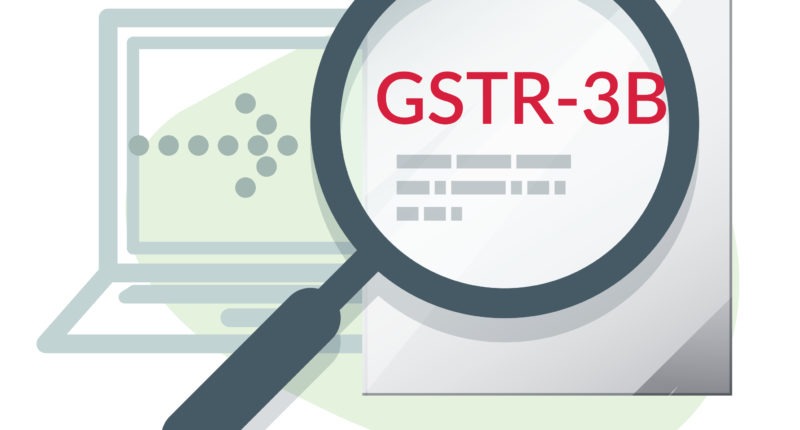The CBIC added the following explanation to Section 75(12) w.e.f. 1st January 2022, through Central Tax notification no- 39/2021, stating that the ‘self-assessed tax’ will also include the tax due on outward supplies reported in GSTR 1 but not reported in GSTR-3B.
Usually, the taxpayers should upload all sales invoices in the GSTR-1 and report summary sales figures, ITC claimed, and net tax payable in GSTR-3B. Section 75(12) of the CGST Act is notified to monitor the non-payment of tax liability.
According to this section, the GST officer can recover the taxes without issuing show cause notice and initiate the recovery proceedings as per Section 79 if the taxpayer fails to pay tax liability reported in GSTR-3B.
It is to be noted that the liability to make GST payment arises while filing GSTR-3B but not GSTR-1. Using these gaps in the law, the taxpayers were uploading all invoices in GSTR-1 but suppressed the summarised sales figure in GSTR-3B to reduce/postpone the GST payment.
So, the government made this amendment to curb these practices and improve GST collections. Also, this amendment gives exclusive powers to GST authorities to initiate recovery proceedings when the tax liability is under-reported in GSTR-3B.
Due to this amendment, the businesses should reconcile between GSTR-1 and GSTR-3B more often, at invoice level, so that totals of relevant tables in GSTR-1 match with the summary values in GSTR-3B. Otherwise, they should be ready to face recovery actions initiated by the department and pay off the under-reported tax liability.
So, the taxpayers recommend using technology-based tools to match ITC between GSTR-2B and the purchase register before filing GSTR-3B to avoid ITC mismatches.
For any clarifications/feedback on the topic, please contact the writer at dvsr.anjaneyulu@cleartax.in
DVSR Anjaneyulu known as AJ, is a Chartered Accountant by profession. Loves to listening to music & spending time with family and friends.





